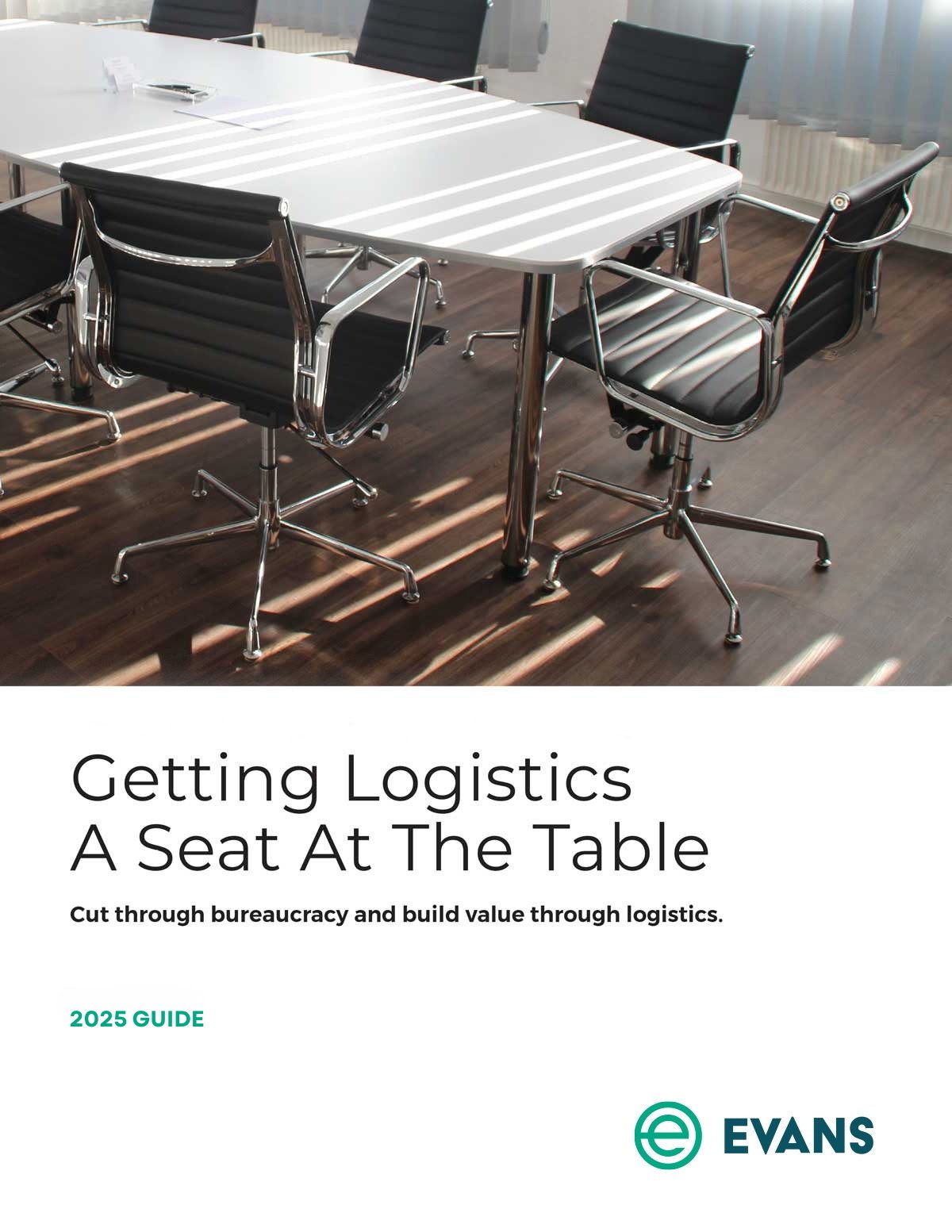Could focusing on carrier relationships offer a solution to reducing LTL shipping rates and finding capacity?
The current logistics climate of low capacity paired with high demand creates a turbulent atmosphere for carriers and shippers alike.
If you are looking to reduce LTL shipping rates and find capacity, you know creative solutions are key right now. We’ve covered carrier relationships in our post on 5 strategies to find capacity, but let’s dig a little deeper into why shipper/carrier relations are of utmost importance.
Carrier profitability impacting LTL shipping rates
Carrier profits are a unique driver in our current capacity crunch. Because of overall demand, we are seeing the full truckload (TL) market pushing a lot of volume into LTL and intermodal modes of transportation.
What’s a lot of volume? Well, on average, throughout the U.S. we are seeing 6 loads to one truck available at any given time. This represents a huge demand by shippers to get their product out.
LTL and intermodal would seem to offer a solution. But the pressure on LTL carriers to find availability in their fleet, while still making a profit, creates a financial squeeze.
We are seeing LTL rates go up because TL shipments are being shipped LTL, but in ways that are not profitable to carriers. For example, if you have a 10,000-pound shipment and you send that on half a truck, that is tremendously less profitable than sending ten separate 1,000-pound shipments on the same truck.
The result: increasing volume for LTL carriers without increasing profitability. While LTL carriers are seeing record tonnage reports, they are also experiencing low increases in their profit margins.
How can shippers work to improve carrier logistics?
So how can shippers find the LTL capacity they need in the face of the carrier’s capacity crunch? The simple answer: invest in carrier relationships.
Here are a few ways you can enhance your carrier relationships and become a shipper of choice.
1. Be mindful of your actions
Here’s a new idea: Due to the capacity crunch and increasingly technology-savvy carriers, shippers are going to be under increasingly public review. A good analogy is that shippers will become more like Uber passengers. Uber’s two-way rating system allows passengers to rate drivers — and vice versa. When drivers rate passengers, it adds a new layer of information to the dynamic.
We will see Amazon-like rating and customer experience reviews on shippers. With more information, carriers can select shippers of choice from a competitive pool. Fortunately there are some straightforward ways you can set your company apart from the crowd.
2. Invest time and attention to carrier relationships
As a shipper, you’ve probably conducted your business however you’ve wanted in the past. To set your company apart now, you need to think through variables you may have taken for granted in the past. For example: do you really require drop trailers? Now is the time to assess whether that is a successful model for you and the carrier.

